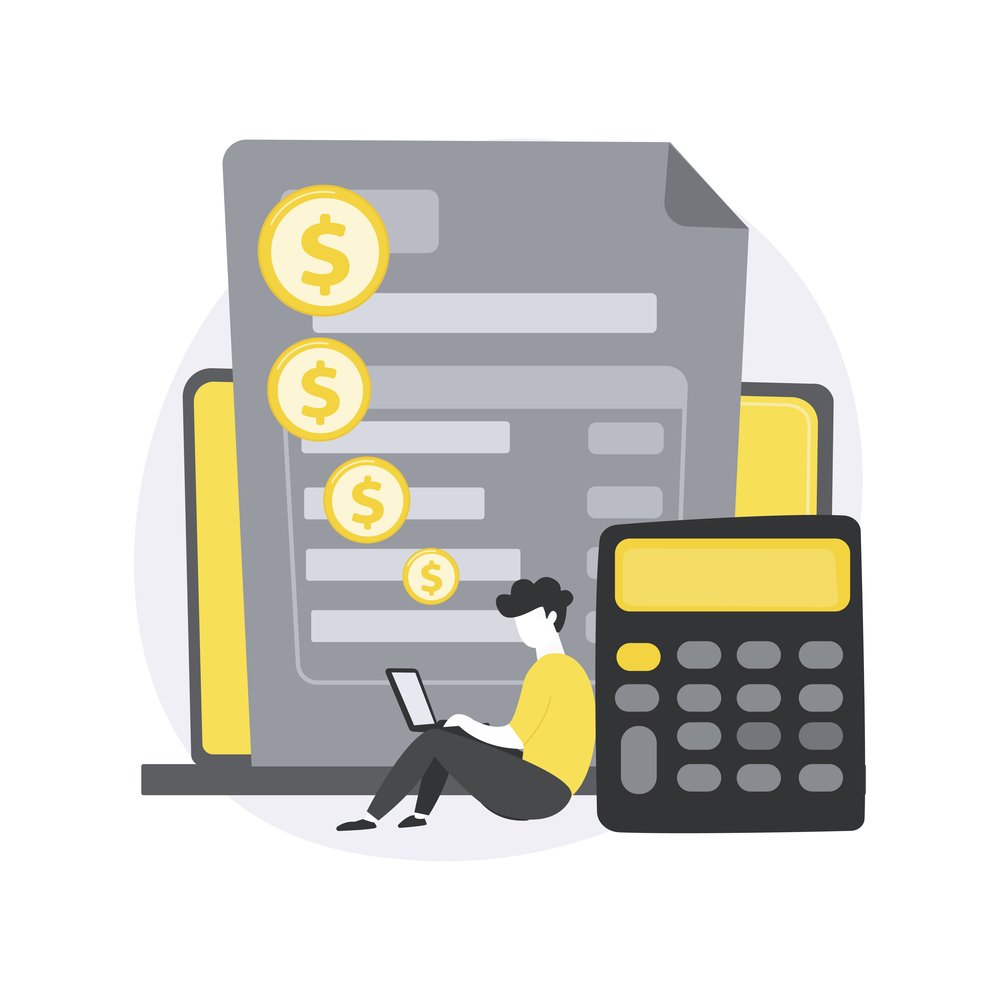Marketing Agency Pricing Model: Day Rates
My last series on reading financial statements was well-received so I thought it would be helpful to deep dive into another challenging aspect of running your agency business. Recently, I've been answering a lot of questions around agency fees: agency rate cards, retainer fees, day rates, and more.
So, I thought it would be helpful to explore agency pricing models in a new series of articles, starting with how to establish your day rate. There are different approaches to setting day rates, and we will explore three common methods: cost-plus pricing, market rate pricing, and value pricing.
Option 1: Cost-Plus Pricing
This method involves calculating the total cost of running your agency and adding a profit margin.
I'll annualize a couple of assumptions for a solopreneur but you can easily scale these numbers up based on the number of employees on your staff.
Assumptions:
$200K overhead (salary, office space, technology).
You will invest 2,000 hours of time into your business.
60% of your time will be billable hours so you'll have about 1,200 billable hours.
150 billable days (1,200 / 8 hours in a day).
Overhead / billable days = break even day rate
$200K / 150 = $1,333 break even day rate
Now, you might be asking – “Why is he dividing by billable days and not 365 (the number of days in a year)?” The simple answer is the theory of cost accounting says that you divide by the number of hours you expect to bill, not work. You will also notice that your rate will be much lower if you divide by more days. I can explain more in a phone call as it will get too drawn out in this article.
The $1,333 is the minimum amount you can charge to cover your costs and break-even. Once you have established your break-even day rate, you should add a profit margin to determine your final day rate. For example, if you want to make a 40% profit margin, your final day rate would be $1,866.
Option 2: Market Rate Pricing
Another approach is to research the market rate for similar services and price your services accordingly. While pricing your services at market rate can help you remain competitive, it is important to ensure that your pricing is above your break-even day rate to maintain profitability. For example, if the market day rate is $1,300, and your break-even day rate is $1,333, you need to charge more than the market rate to make a profit.
Option 3: Value Pricing
Value pricing is a pricing model that is based on the value your services provide to the client rather than the cost of providing those services. While value pricing can be lucrative, it requires a more complex approach to determine pricing. This approach involves asking questions to determine how each client perceives the value of your services. In my experience, it is very time-consuming and slows down the sales process.
Here's a simpler approach -- make up a price that you think the client is willing to pay, provided that it is above your break-even day rate. Pulling a price out of thin air doesn’t feel pragmatic, but it can be a quick and effective way to price your services.
Key Takeaway
In the same way that I think different clients should be treated differently, I think it’s important to offer different pricing scenarios to clients. Some clients may get your day rates while others will get value pricing. By considering your overhead costs, the market rate, and the perceived value of your services, you can choose a pricing model that fits each client and ensures profitability while remaining competitive in the market.
Stay tuned for the next installment of this agency pricing model series!

